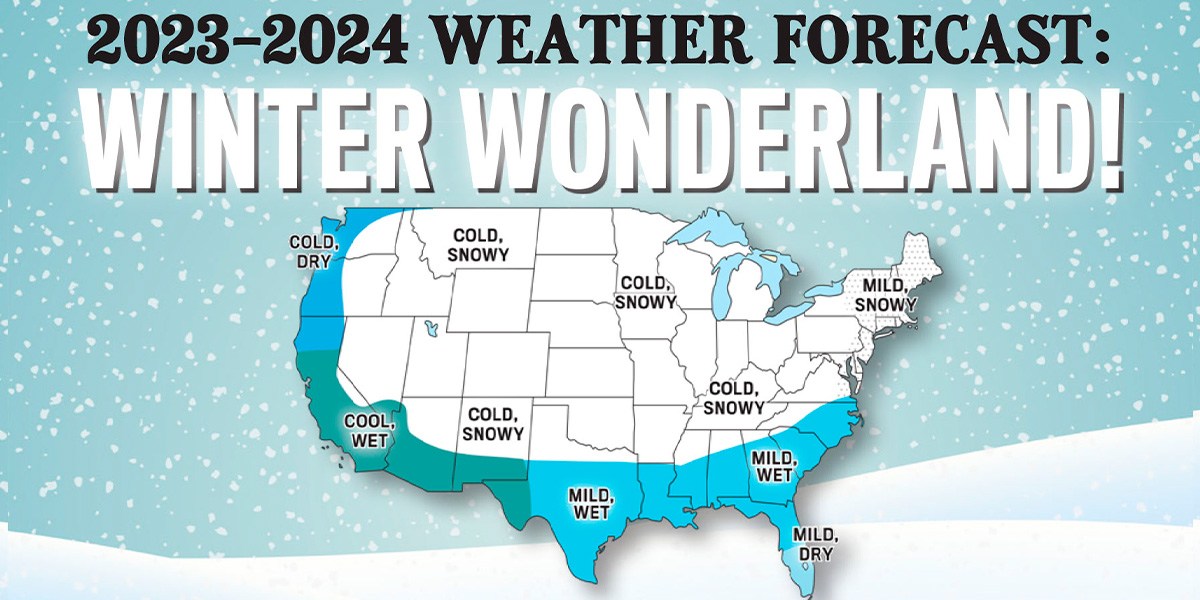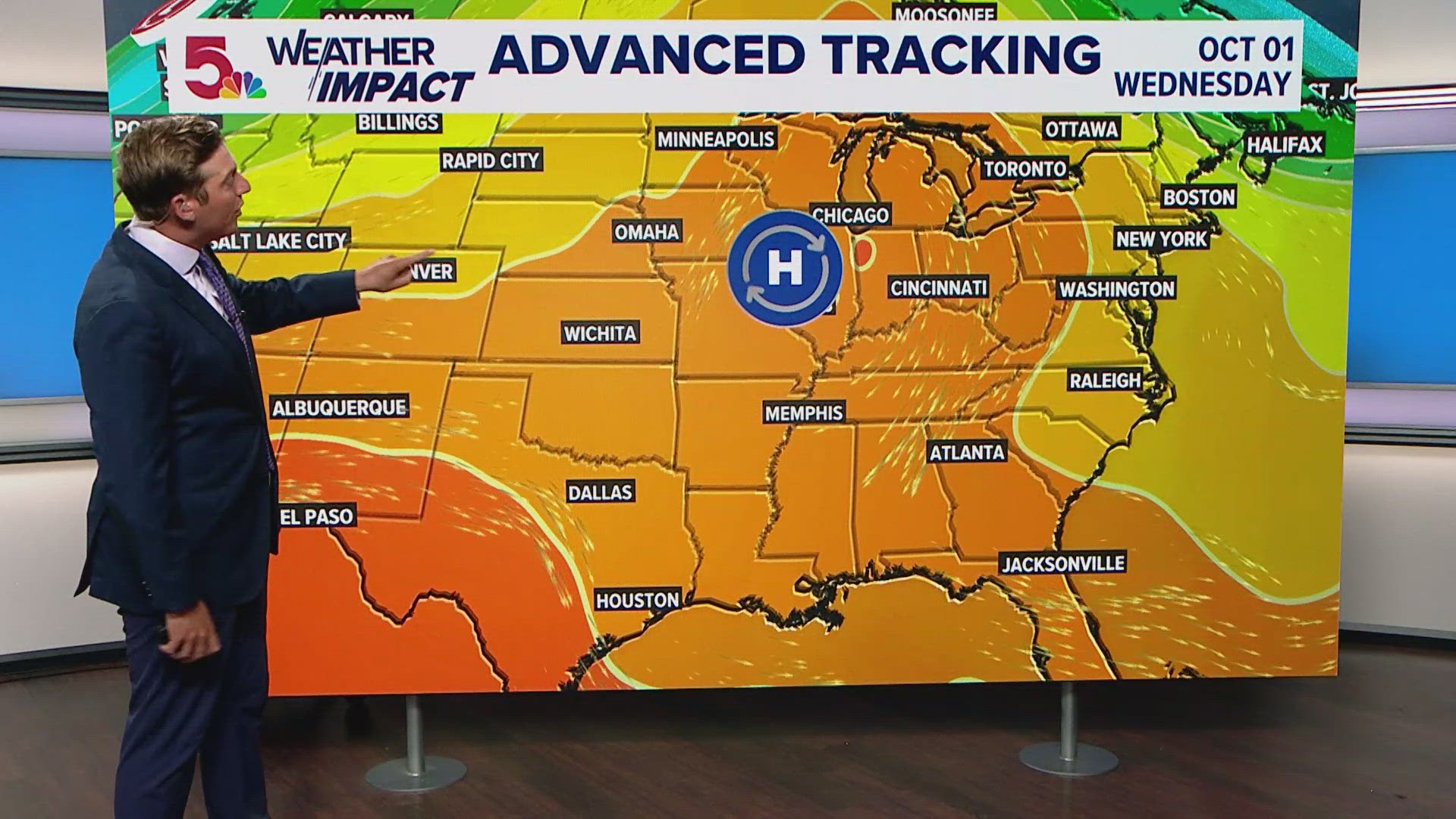Report on Conflicting 2025 Autumnal Forecasts for Ohio and Implications for Sustainable Development Goals
Introduction: Divergent Forecasts and Their Impact on Sustainability
An analysis of the 2025 autumn seasonal outlook for Ohio reveals significant discrepancies between two primary forecasting sources: the Old Farmer’s Almanac and the National Oceanic and Atmospheric Administration (NOAA). These conflicting predictions present considerable challenges for regional planning concerning several United Nations Sustainable Development Goals (SDGs), including those related to food security, water management, energy consumption, and climate action.
Comparative Analysis of Meteorological Predictions
The Old Farmer’s Almanac Projection: Cool and Dry Conditions
The Old Farmer’s Almanac forecasts a cooler and drier than average autumn season for Ohio, including Stark County. This projection has direct implications for several SDGs.
- SDG 2 (Zero Hunger) & SDG 15 (Life on Land): Below-average rainfall could induce drought conditions, stressing agricultural systems, potentially reducing crop yields, and negatively impacting terrestrial ecosystems and foliage health.
- SDG 6 (Clean Water and Sanitation): A dry season would necessitate proactive water conservation measures to manage potentially strained water resources for communities and industries.
- SDG 7 (Affordable and Clean Energy): Cooler temperatures would likely increase demand for heating, impacting energy consumption patterns and household costs.
The Almanac’s forecast for the Ohio Valley region includes:
- September: Average temperatures, below-average rainfall.
- October: Below-average temperatures and rainfall.
The National Oceanic and Atmospheric Administration (NOAA) Projection: Warm and Wet Conditions
In direct contrast, NOAA’s seasonal outlook predicts a high probability of warmer and wetter conditions for Ohio. This scenario presents a different set of challenges and considerations for sustainable development.
- SDG 11 (Sustainable Cities and Communities) & SDG 13 (Climate Action): Above-average precipitation increases the risk of flooding, which can damage infrastructure and disrupt communities. This highlights the critical need for robust climate adaptation strategies and resilient infrastructure.
- SDG 6 (Clean Water and Sanitation): While replenishing water tables, excessive rainfall can lead to runoff, potentially compromising water quality in reservoirs and rivers.
- SDG 2 (Zero Hunger): A warm and wet season could benefit certain crops but also increases the risk of fungal diseases and pest infestations, threatening food security.
NOAA’s probabilistic forecast for Ohio indicates:
- A 40% to 50% probability of above-average temperatures from September through November.
- A 33% to 40% probability of above-average precipitation across the state.
Climatological Baseline Data for the Akron-Canton Region
Effective planning under either forecast scenario requires an understanding of historical climate norms. This data is essential for gauging the potential severity of deviations and informing strategies aligned with SDG 13 (Climate Action).
Average Monthly Temperatures
- September: 65.4°F
- October: 53.7°F
- November: 42.5°F
Average Monthly Precipitation
- September: 3.5 inches
- October: 3.34 inches
- November: 3.08 inches
Conclusion: The Necessity of Adaptive Planning for Sustainable Development
The contradictory 2025 fall forecasts for Ohio underscore the inherent uncertainties in seasonal prediction and emphasize the importance of adaptive management frameworks. Stakeholders in agriculture, water management, energy, and urban planning must consider both potential scenarios to build resilience and advance regional Sustainable Development Goals. The divergence serves as a critical reminder of the complexities of climate systems and the need for continued investment in predictive science to support climate action (SDG 13) and ensure the well-being of communities and ecosystems (SDG 11, SDG 15).
SDGs Addressed or Connected to the Issues Highlighted
-
SDG 13: Climate Action
The article is entirely focused on climate and weather forecasting, which is a fundamental aspect of understanding, mitigating, and adapting to climate change. It discusses the work of scientific bodies like the National Oceanic and Atmospheric Administration (NOAA) in predicting seasonal patterns of temperature and precipitation. This information is crucial for climate action as it informs planning, helps in managing climate-related risks, and raises public awareness about changing weather patterns.
Specific Targets Identified
-
Target 13.1: Strengthen resilience and adaptive capacity to climate-related hazards and natural disasters in all countries.
The article discusses the provision of seasonal forecasts for temperature (“cool, dry season” vs. “warm and wet conditions”) and precipitation (“below-average rainfalls” vs. “above average precipitation”). This type of information is essential for building resilience and adaptive capacity. For example, forecasts of a dry season can help agricultural and water management sectors prepare for potential droughts, while forecasts of a wet season can help in preparing for potential flooding. The work of NOAA, as described in the article, directly contributes to this target by providing the data needed for such preparations.
-
Target 13.3: Improve education, awareness-raising and human and institutional capacity on climate change mitigation, adaptation, impact reduction and early warning.
The article itself is an example of awareness-raising, as it communicates climate-related information from institutions like NOAA and the National Weather Service to the public. By detailing the conflicting forecasts and providing historical data, it educates readers on the complexities of climate prediction. The mention of these national institutions highlights the institutional capacity for providing early warnings and climate information, which is a core component of this target.
Indicators Mentioned or Implied
-
Historical Climate Baselines
The article explicitly provides historical climate data that serves as a baseline for measuring change. This is a key indicator for tracking climate trends.
- Average monthly temperature: The article lists the typical fall temperatures for the Akron-Canton region: “September: 65.4 degrees, October: 53.7 degrees, November: 42.5 degrees.”
- Average monthly precipitation: It also lists typical rainfall amounts: “September: 3.5 inches, October: 3.34 inches, November: 3.08 inches.”
These figures are indicators used to define what “above average” or “below average” conditions mean in the forecasts.
-
Probabilistic Climate Forecasts
The article mentions a specific, quantitative indicator used by NOAA to communicate uncertainty and likelihood in its forecasts. This is a sophisticated indicator for risk assessment.
- Probability of deviation from average temperature: “The National Oceanic and Atmospheric Administration temperature outlook forecasts most of the state with a 40% to 50% probability of above average temperatures.”
- Probability of deviation from average precipitation: “It’s also predicting a chance of more rain than usual in the area with the whole state carrying a 33% to 40% chance of above average precipitation.”
Table of Findings
| SDGs | Targets | Indicators |
|---|---|---|
| SDG 13: Climate Action | 13.1: Strengthen resilience and adaptive capacity to climate-related hazards and natural disasters in all countries. | The provision and public dissemination of seasonal forecasts for temperature and precipitation (e.g., “cool, dry season,” “warm and wet conditions”) by national institutions like NOAA. |
| SDG 13: Climate Action | 13.3: Improve education, awareness-raising and human and institutional capacity on climate change mitigation, adaptation, impact reduction and early warning. |
|
Source: cantonrep.com







